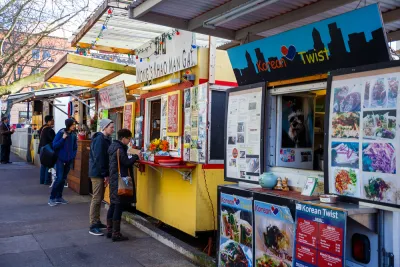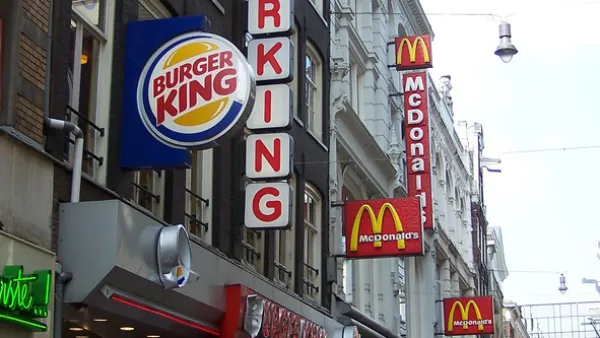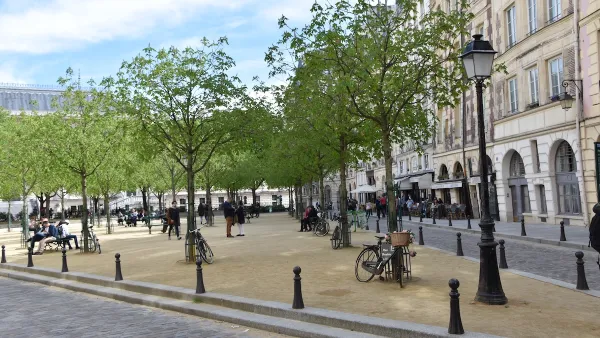Urban strategist Michele Reeves writes about the of third places importance in the urban fabric.

“Third places” was a term coined by Ray Oldenburg in a seminal 1989 book about placemaking, The Great Good Place. According to Oldenburg, "first places" are homes, "second places" are for work, and "third places" are practically every other place people in a community when they weren’t at home or at work, e.g., churches, parks, cafes, etc. Michele Reeves, an urban strategist for Civilis in Portland Oregon, is a self-professed food-oriented third place devotee. In a heart-felt piece, Reeves writes about the serendipitous, and often random, way these third places can lead to new adventures, discoveries, and friends. Portland is a city with a wealth of third places—especially of the café, bakery, brew pub, and restaurant variety. Of those beloved third places, Reeves writes:
. . . these spots have a few things in common: easy to walk to, busy, amazing natural light, and great core food products — either baked goods or coffee. For me though, they are at their best as citizens of the street. In other words, they blur the line between interior and exterior.
For more of Reeves’s favorite third place experiences in Portland, please read the source article.
FULL STORY: Cool Freaking Shoes, Publishing, & Third Places

National Parks Layoffs Will Cause Communities to Lose Billions
Thousands of essential park workers were laid off this week, just before the busy spring break season.

Retro-silient?: America’s First “Eco-burb,” The Woodlands Turns 50
A master-planned community north of Houston offers lessons on green infrastructure and resilient design, but falls short of its founder’s lofty affordability and walkability goals.

Delivering for America Plan Will Downgrade Mail Service in at Least 49.5 Percent of Zip Codes
Republican and Democrat lawmakers criticize the plan for its disproportionate negative impact on rural communities.

Test News Post 1
This is a summary

Test News Headline 46
Test for the image on the front page.

Balancing Bombs and Butterflies: How the National Guard Protects a Rare Species
The National Guard at Fort Indiantown Gap uses GIS technology and land management strategies to balance military training with conservation efforts, ensuring the survival of the rare eastern regal fritillary butterfly.
Urban Design for Planners 1: Software Tools
This six-course series explores essential urban design concepts using open source software and equips planners with the tools they need to participate fully in the urban design process.
Planning for Universal Design
Learn the tools for implementing Universal Design in planning regulations.
EMC Planning Group, Inc.
Planetizen
Planetizen
Mpact (formerly Rail~Volution)
Great Falls Development Authority, Inc.
HUDs Office of Policy Development and Research
NYU Wagner Graduate School of Public Service




























